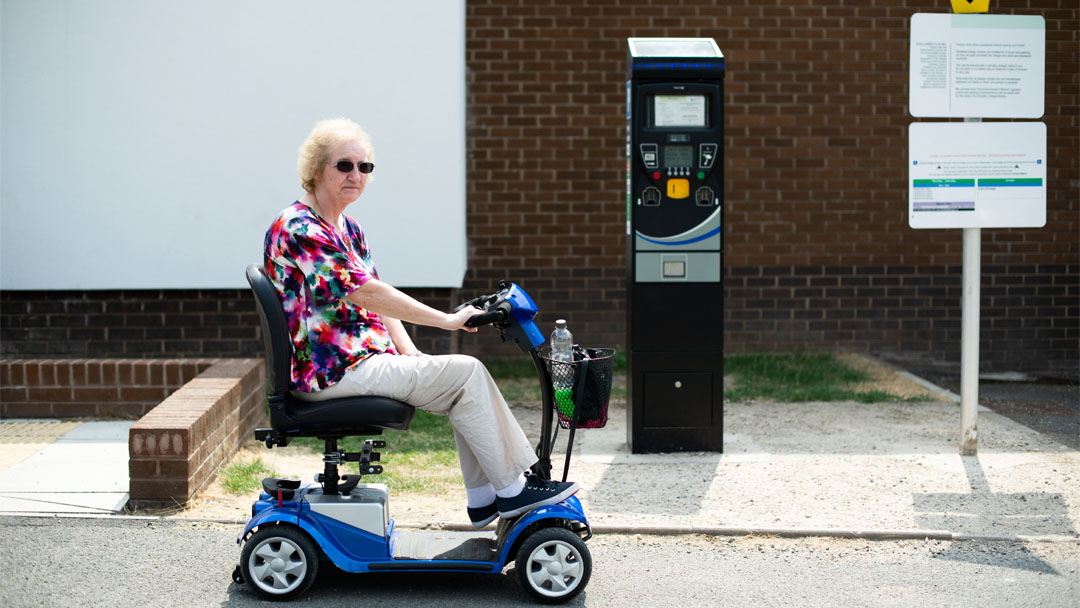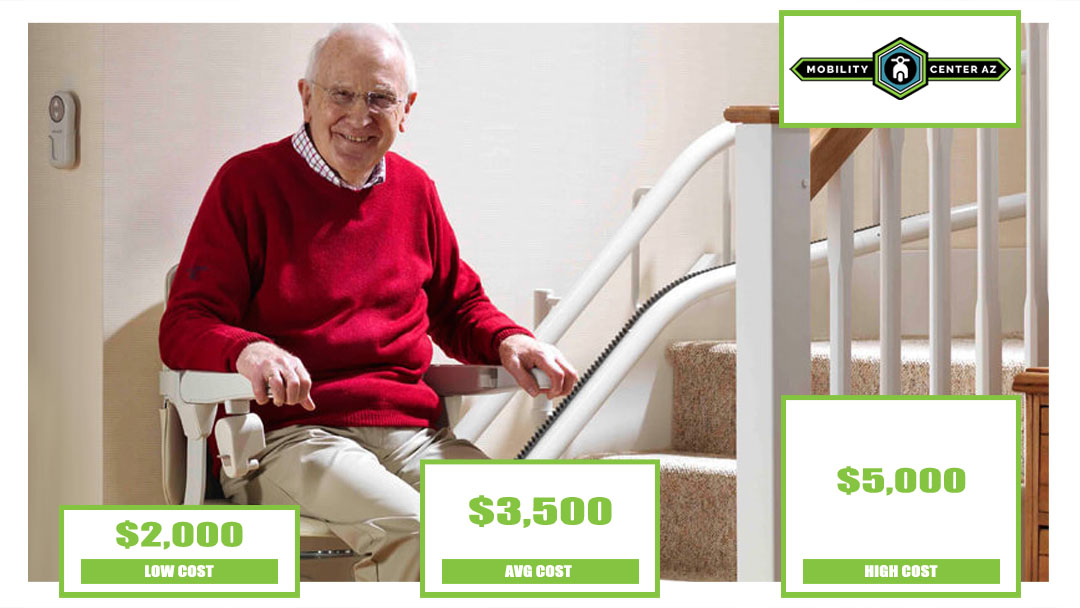Types Of Mobility Aids

Mobility aids are devices designed to help individuals that have trouble moving around, enjoy more freedom and greater independence.
Usually, individuals that have disabilities or injuries, or older adults that are at a heightened risk of falling, decide to use mobility aids.
These devices offer several advantages to users, including greater independence, decreased pain, and increased self-confidence and self-esteem.
Types Of Mobility Aids
The type of mobility aid needed is going to depend on the mobility problem or injury. The more general types of mobility aids comprise of:
Mobility Scooters
Comparable to wheelchairs, these scooters come with a seat set on the top of 3, 4, or 5 small wheels.
The user’s feet rest on footings, and there are handle-bars or a steering wheel to manage direction. They are usually powered by a battery.
These scooters are helpful for individuals that don’t have the upper-body stamina or agility for using a manual wheelchair. A lot of scooter users report a positive influence on their lives because of their choice of mobility aid.
Guidelines for using mobility scooters on side-walks and roadways differ by location. Training is typically available for those wishing to use a mobility scooter for their first time.
Canes
Canes are likewise to crutches in the way that they support body weight and aid in transmitting the load from the legs to the upper torso.
Nevertheless, they take less weight off of the lower body than crutches do, and place increased pressure on the wrists and hands.
Crutches
Crutches aid in transferring weight from the legs to the upper torso. They can be used separately or in pairs. Crutches aid in keeping individuals upright and can be used by people with short-term injuries or enduring disabilities.
Walkers
Walkers, also called Zimmer frames, are comprised of a metal frame with 4 legs offering stability and reinforcement to the user. These very firm walking aids are used by 4 ½ percent of adults in the US over the age of 65.
Typical walkers come with 3-sided framework surrounding the user. Users raise the framework and place it further in front of them, as they step forward to come up to it, before doing the process over.
Many walkers come with wheels or glides on the base of it’s legs, meaning the user is able to slide the walker instead of raising it. This is particularly helpful for individuals with minimal arm strength.
Wheelchairs
Wheelchairs can be used by those that shouldn’t be putting weight on their lower limbs or that are incapable of walking. They are more suitable than walkers for individuals with acute disabilities or when traveling over further distances is required.
Wheelchairs can be manually moved by the user, pushed by another individual, or powered electrically. Wheelchairs that can be moved by a user’s neural impulses was designed in 2016.
Guide Dogs
Guide dogs are highly trained service animals used to escort those that are blind or partially sighted by helping their owner’s navigate obstructions.
With a guide dog or service animal it also has beneficial psychologic, physiologic, and social effects.
In the United States. and many other countries, guide dogs or service animals are required to legally be permitted access to any business where the general public is allowed (unless where health or safety risks are present).
Safety Modifications
Many home or office modifications could be made to aid in navigating a building or in other areas where there are variances in surface heights.
These comprise of:
- Ramps – Access ramps are particularly important as many individuals, including those with wheelchairs and mobility scooters, can’t manage stairs. Those that have walkers, canes, and crutches can also find that ramps offer easier access than traditional steps.
- Stair Lifts – This type of equipment is designed move individuals and wheelchairs up and down staircases, either through the flooring or along the staircase itself.
- Hand Rails – Specialized handrails are fitted in a lot of restrooms and by entryways to offer support and stability to individuals that have mobility issues.
Mobility Center In Mesa, Arizona
Mobility Center has been proudly serving the entire Phoenix, Arizona area since 1975 with the finest in mobility aids, scooters, wheel chairs, lifts and support equipment. Visit our convenient location to see the products and receive the individual attention that you deserve. Our service area includes Mesa and the entire Phoenix Metro area.


